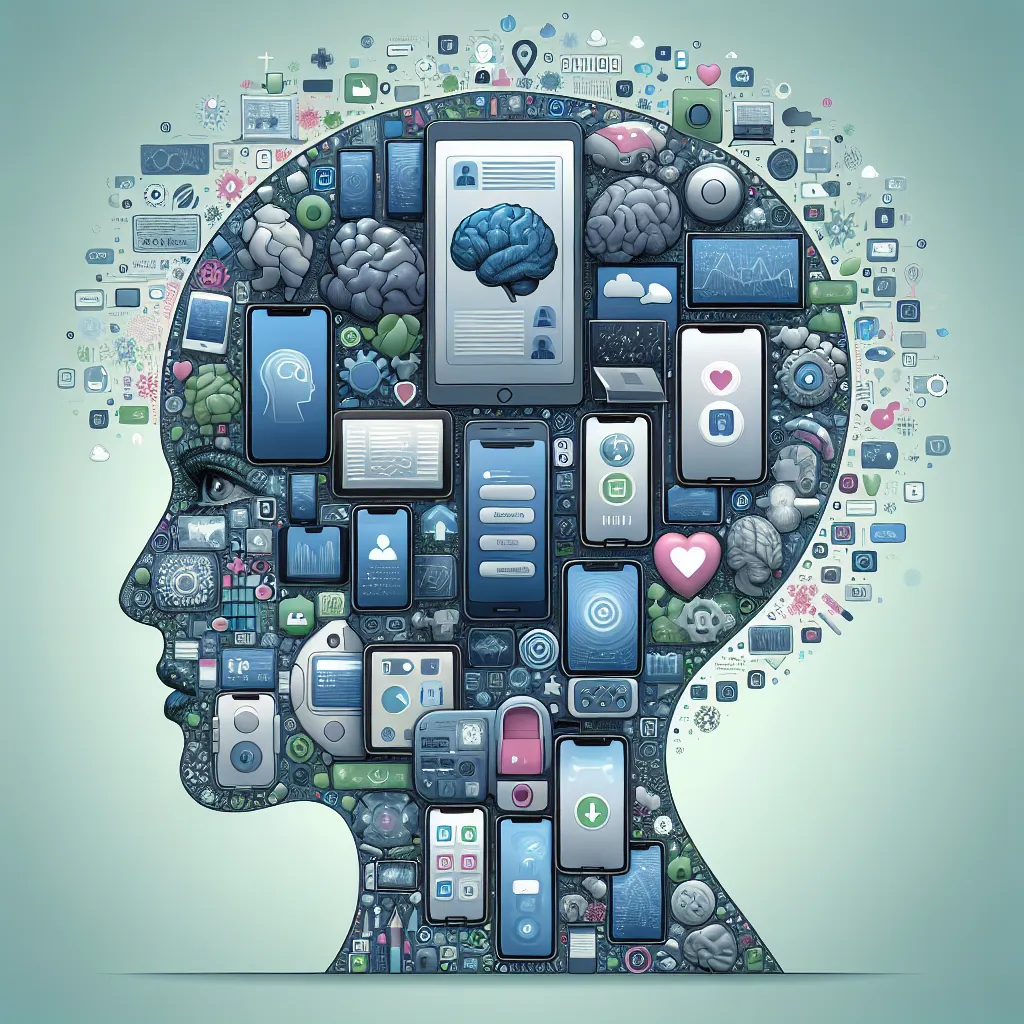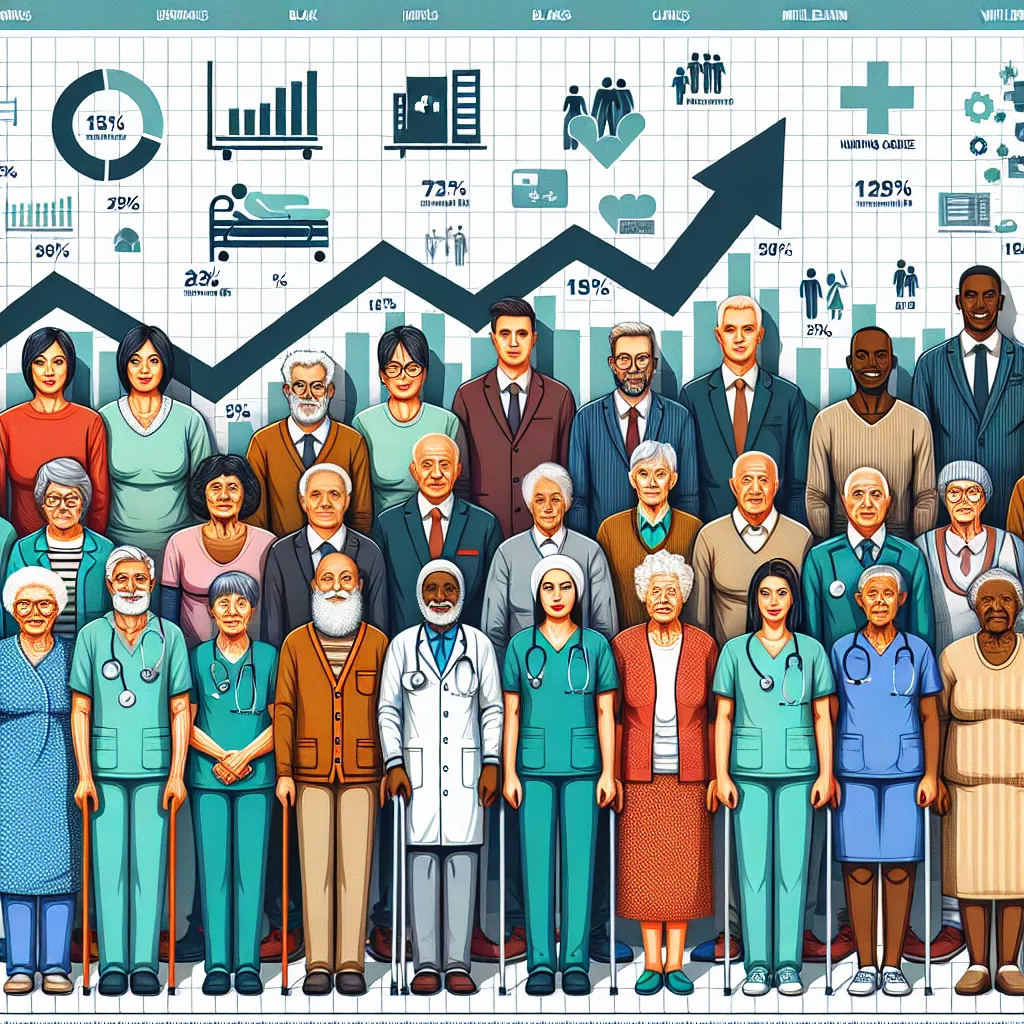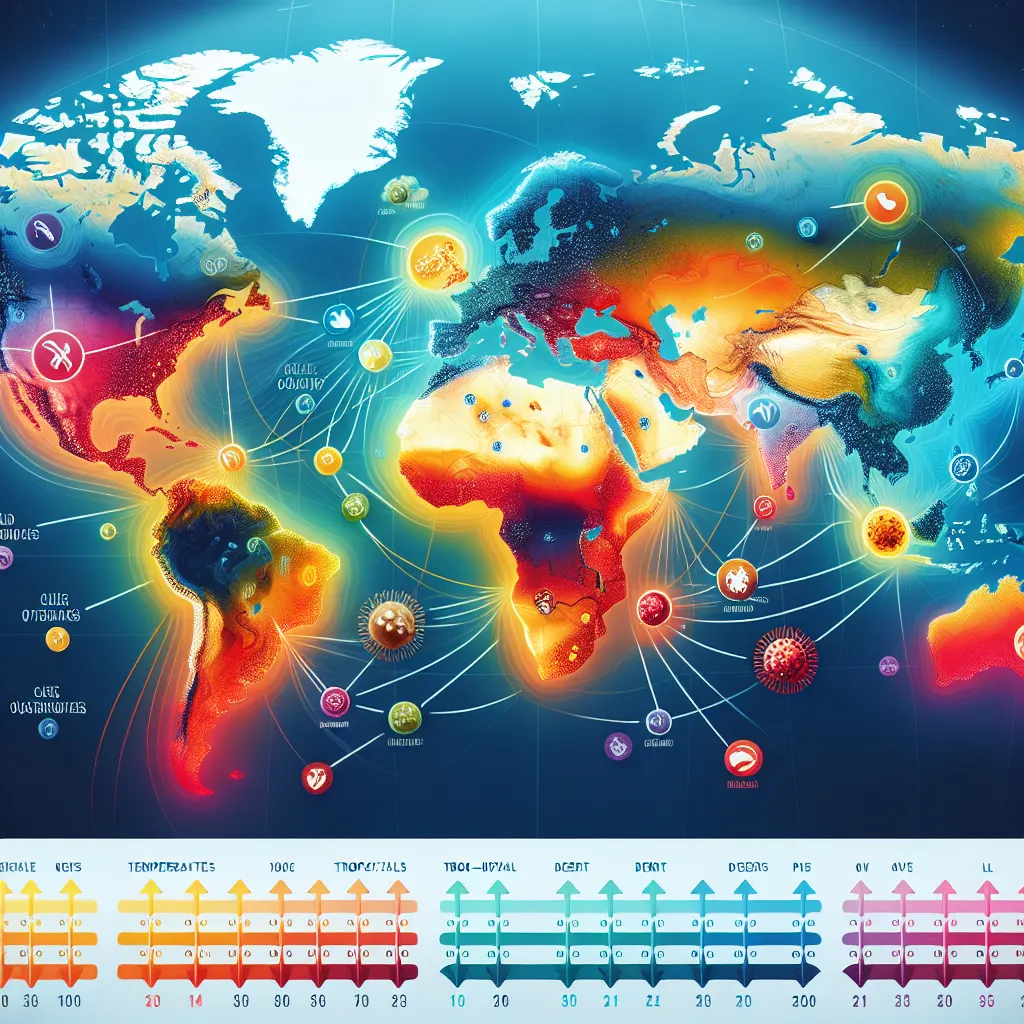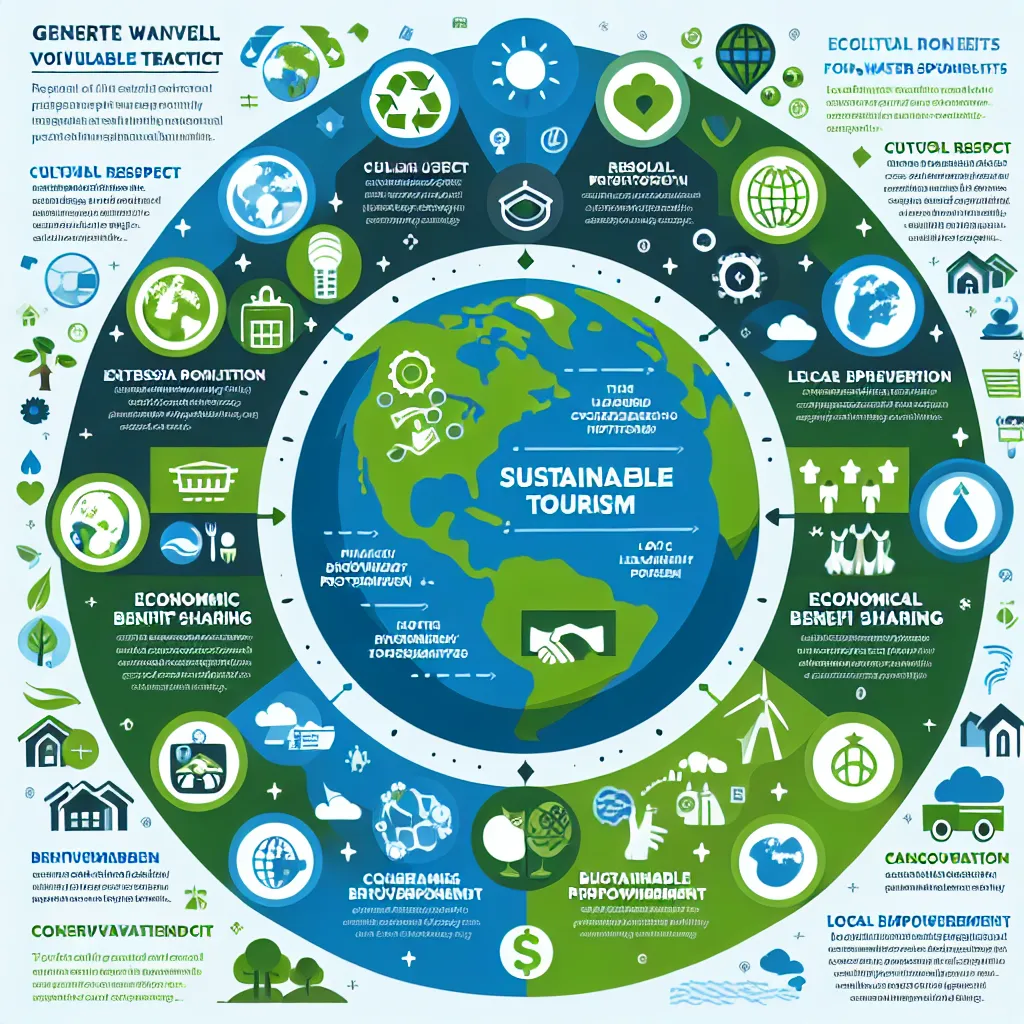Welcome to our IELTS Reading practice test focusing on “The Role of Technology in Mental Health Treatment.” This comprehensive test will help you prepare for the IELTS Reading section by providing passages and questions that mirror the actual exam. Let’s dive into this important topic and enhance your reading skills!
Nội dung bài viết
- Passage 1 (Easy Text)
- The Digital Revolution in Mental Health Care
- Questions 1-5
- Questions 6-10
- Passage 2 (Medium Text)
- The Efficacy and Challenges of Digital Mental Health Interventions
- Questions 11-14
- Questions 15-20
- Passage 3 (Hard Text)
- The Intersection of Neuroscience, Technology, and Mental Health Treatment
- Questions 21-26
- Questions 27-30
- Questions 31-35
- Answer Key
- Passage 1
- Passage 2
- Passage 3
- Tips for Achieving a High Score in IELTS Reading
 Technology in Mental Health Treatment
Technology in Mental Health Treatment
Passage 1 (Easy Text)
The Digital Revolution in Mental Health Care
The landscape of mental health treatment has undergone a significant transformation in recent years, largely due to the integration of technology. Digital interventions have emerged as powerful tools in the fight against mental health disorders, offering new avenues for diagnosis, treatment, and ongoing support. From smartphone apps to virtual reality experiences, technology is reshaping how we approach mental wellness.
One of the most prominent examples of this digital revolution is the rise of teletherapy. This remote form of counseling allows patients to connect with mental health professionals from the comfort of their own homes, breaking down barriers of distance and accessibility. The convenience of teletherapy has made it easier for individuals to seek help, particularly those in rural areas or with mobility issues.
Artificial intelligence (AI) is another groundbreaking technology making waves in mental health care. AI-powered chatbots can provide 24/7 support to individuals experiencing anxiety or depression, offering coping strategies and resources when human therapists are unavailable. While these digital assistants are not meant to replace human interaction, they serve as valuable supplementary tools in the treatment process.
Wearable devices have also found their place in mental health treatment. Smartwatches and fitness trackers can monitor physiological signs associated with stress and anxiety, such as heart rate and sleep patterns. This data can help both patients and healthcare providers track progress and identify potential triggers for mental health issues.
As we continue to explore the potential of technology in mental health treatment, it’s clear that these digital tools are not just passing trends but integral components of a more accessible and personalized approach to mental wellness.
Questions 1-5
Do the following statements agree with the information given in the passage? Write
TRUE if the statement agrees with the information
FALSE if the statement contradicts the information
NOT GIVEN if there is no information on this
- Teletherapy has made mental health treatment more accessible to people in remote areas.
- AI-powered chatbots are intended to completely replace human therapists.
- Wearable devices can help identify potential triggers for mental health issues.
- The use of technology in mental health treatment is a temporary trend.
- Virtual reality is mentioned as a tool used in mental health treatment.
Questions 6-10
Complete the sentences below. Choose NO MORE THAN THREE WORDS from the passage for each answer.
- Digital interventions offer new ways for ___, treatment, and ongoing support in mental health care.
- Teletherapy allows patients to connect with mental health professionals from ___.
- AI-powered chatbots can provide support to individuals experiencing ___ or depression.
- Wearable devices can monitor ___ associated with stress and anxiety.
- The integration of technology in mental health treatment aims to create a more ___ approach to mental wellness.
Passage 2 (Medium Text)
The Efficacy and Challenges of Digital Mental Health Interventions
While the integration of technology in mental health treatment offers numerous benefits, it’s crucial to examine both its efficacy and the challenges it presents. Empirical studies have shown promising results for digital interventions, particularly in the treatment of common mental health disorders such as depression and anxiety.
A meta-analysis published in the Journal of Medical Internet Research found that internet-based cognitive behavioral therapy (iCBT) was as effective as face-to-face therapy for treating depression. This finding suggests that digital platforms can deliver evidence-based treatments with comparable outcomes to traditional methods. Moreover, digital interventions often boast higher engagement rates due to their accessibility and the reduced stigma associated with seeking help online.
However, the effectiveness of digital mental health tools is not uniform across all conditions or demographics. For instance, more severe mental illnesses, such as schizophrenia or bipolar disorder, may require more intensive in-person care. Additionally, the digital divide – the gap between those who have access to technology and those who don’t – poses a significant challenge in ensuring equitable access to these innovative treatments.
Privacy and data security are paramount concerns in the realm of digital mental health. The sensitive nature of mental health information necessitates robust safeguards to protect patient confidentiality. Encryption and secure data storage practices are essential, but the risk of data breaches remains a concern for both patients and healthcare providers.
Another challenge lies in the regulation and quality control of mental health apps and digital platforms. The rapid proliferation of these tools has outpaced the development of standardized evaluation criteria. Consequently, users may find it difficult to distinguish between evidence-based interventions and those lacking scientific validation.
Despite these challenges, the potential of technology to revolutionize mental health treatment remains significant. Hybrid models that combine digital tools with traditional face-to-face therapy are emerging as a promising approach, leveraging the strengths of both modalities. As research in this field continues to evolve, it’s likely that we’ll see more refined and effective digital interventions tailored to specific mental health needs.
Questions 11-14
Choose the correct letter, A, B, C, or D.
-
According to the passage, internet-based cognitive behavioral therapy (iCBT) has been found to be:
A) More effective than face-to-face therapy
B) Less effective than face-to-face therapy
C) As effective as face-to-face therapy
D) Ineffective in treating depression -
The digital divide refers to:
A) The gap between digital and traditional therapy methods
B) The difference in effectiveness between various digital interventions
C) The disparity in access to technology among different groups
D) The separation between mental health professionals and patients -
Which of the following is NOT mentioned as a challenge for digital mental health interventions?
A) Privacy concerns
B) Lack of human interaction
C) Quality control of apps and platforms
D) Limited effectiveness for severe mental illnesses -
The passage suggests that hybrid models of mental health treatment:
A) Are less effective than purely digital interventions
B) Combine digital tools with traditional face-to-face therapy
C) Are not being researched or developed
D) Have been proven to be the most effective approach
Questions 15-20
Complete the summary below. Choose NO MORE THAN TWO WORDS from the passage for each answer.
Digital mental health interventions have shown promise in treating common disorders like depression and anxiety. Studies have found that some digital therapies can be as effective as (15) methods. These interventions often have higher (16) rates due to their accessibility and reduced stigma. However, they may not be suitable for more (17) mental illnesses. Challenges include the digital divide, which affects (18) access, and concerns about (19) and data security. The rapid growth of mental health apps has also created issues with (20) and quality control.
Passage 3 (Hard Text)
The Intersection of Neuroscience, Technology, and Mental Health Treatment
The convergence of neuroscience and technology is ushering in a new era of mental health treatment, characterized by unprecedented precision and personalization. This synergy has given rise to neuromodulation techniques, which directly influence brain activity to alleviate symptoms of various mental health disorders. Transcranial magnetic stimulation (TMS) and deep brain stimulation (DBS) exemplify this approach, offering hope for patients with treatment-resistant depression and obsessive-compulsive disorder.
Advancements in neuroimaging technologies, such as functional magnetic resonance imaging (fMRI) and positron emission tomography (PET), have revolutionized our understanding of the neural substrates underlying mental health conditions. These tools allow researchers and clinicians to visualize brain activity in real-time, facilitating more accurate diagnoses and tailored treatment plans. The integration of machine learning algorithms with neuroimaging data has led to the development of predictive models that can forecast treatment outcomes and identify individuals at high risk for certain mental health disorders.
The burgeoning field of optogenetics represents another frontier in the intersection of neuroscience and mental health treatment. This technique involves the use of light to control genetically modified neurons, allowing for unprecedented precision in manipulating neural circuits. While still primarily a research tool, optogenetics holds promise for developing highly targeted interventions for conditions such as anxiety and post-traumatic stress disorder (PTSD).
Neurofeedback, a technique that enables individuals to modulate their own brain activity through real-time feedback, has gained traction as a non-invasive treatment option. By visualizing their neural patterns, patients can learn to regulate brain states associated with various mental health symptoms. This approach has shown particular promise in treating attention deficit hyperactivity disorder (ADHD) and anxiety disorders.
The gut-brain axis, a bidirectional communication system between the gastrointestinal tract and the central nervous system, has emerged as a crucial area of study in mental health research. Technological advancements in microbiome analysis and metabolomics have elucidated the role of gut bacteria in influencing mood and cognition. This has led to the development of psychobiotics – probiotics and prebiotics specifically designed to support mental health.
As these technologies continue to evolve, ethical considerations come to the forefront. The ability to directly manipulate brain activity raises questions about cognitive liberty and the potential for misuse. Moreover, the increasing reliance on artificial intelligence in mental health diagnostics and treatment planning necessitates careful consideration of algorithmic bias and the preservation of human judgment in clinical decision-making.
Despite these challenges, the integration of neuroscience and technology in mental health treatment holds immense promise. By unraveling the complex neural mechanisms underlying mental health disorders and developing targeted interventions, we stand on the cusp of a paradigm shift in psychiatric care. The future of mental health treatment lies in harnessing these technological advancements to provide personalized, effective, and accessible care to those in need.
Questions 21-26
Complete the sentences below. Choose NO MORE THAN TWO WORDS from the passage for each answer.
- ___ techniques directly influence brain activity to alleviate symptoms of mental health disorders.
- Neuroimaging technologies allow researchers to visualize ___ in real-time.
- The integration of machine learning with neuroimaging data has led to the development of ___ that can forecast treatment outcomes.
- ___ involves the use of light to control genetically modified neurons.
- ___ enables individuals to modulate their own brain activity through real-time feedback.
- The ___ is a communication system between the gastrointestinal tract and the central nervous system.
Questions 27-30
Choose FOUR letters, A-H.
Which FOUR of the following statements are true according to the passage?
A) Transcranial magnetic stimulation is an example of a neuromodulation technique.
B) Optogenetics is widely used in clinical practice for treating mental health disorders.
C) Neurofeedback has shown promise in treating ADHD and anxiety disorders.
D) The gut-brain axis has no influence on mood and cognition.
E) Psychobiotics are designed to support mental health through the gut-brain axis.
F) Ethical considerations are not important in the development of new mental health technologies.
G) Artificial intelligence in mental health treatment raises concerns about algorithmic bias.
H) The future of mental health treatment does not involve personalized care.
Questions 31-35
Complete the summary using the list of words, A-J, below.
The intersection of neuroscience and technology is transforming mental health treatment. (31) techniques like TMS and DBS offer new hope for treatment-resistant disorders. Advanced (32) technologies provide real-time visualization of brain activity, aiding in diagnosis and treatment planning. (33) , while still primarily a research tool, shows potential for highly targeted interventions. (34) allows patients to regulate their own brain activity, proving effective for certain disorders. The study of the (35) ___ has led to the development of psychobiotics to support mental health.
A) Neuromodulation
B) Neuroimaging
C) Optogenetics
D) Neurofeedback
E) Gut-brain axis
F) Psychotherapy
G) Medication
H) Virtual reality
I) Gene therapy
J) Artificial intelligence
Answer Key
Passage 1
-
TRUE
-
FALSE
-
TRUE
-
FALSE
-
TRUE
-
diagnosis
-
the comfort of their own homes
-
anxiety
-
physiological signs
-
accessible and personalized
Passage 2
-
C
-
C
-
B
-
B
-
face-to-face
-
engagement
-
severe
-
equitable
-
privacy
-
regulation
Passage 3
- Neuromodulation
- brain activity
- predictive models
- Optogenetics
- Neurofeedback
- gut-brain axis
27-30. A, C, E, G
- A
- B
- C
- D
- E
Tips for Achieving a High Score in IELTS Reading
-
Time management: Practice completing reading tasks within the allotted time. Allocate your time wisely between different passages and question types.
-
Skim and scan: Quickly skim the passage for main ideas, then scan for specific information when answering questions.
-
Understand question types: Familiarize yourself with various IELTS Reading question types and develop strategies for each.
-
Improve vocabulary: Build your academic vocabulary to better understand complex texts. Focus on words commonly used in IELTS passages.
-
Practice active reading: Engage with the text by highlighting key points, making mental notes, and predicting what might come next.
-
Pay attention to context: Use context clues to understand unfamiliar words or phrases.
-
Don’t get stuck: If you’re struggling with a question, move on and come back to it later if time permits.
-
Read instructions carefully: Ensure you understand what each question is asking before attempting to answer.
-
Transfer answers accurately: Be careful when transferring your answers to the answer sheet. Double-check for any errors.
-
Regular practice: Consistently practice with IELTS-style reading passages and questions to improve your skills and confidence.
Remember, success in IELTS Reading comes with consistent practice and the development of effective strategies. Keep working on your skills, and you’ll see improvement over time!
For more IELTS preparation resources and practice materials, check out our articles on the impact of technological advancements on healthcare systems and the role of artificial intelligence in modern healthcare. These topics are closely related to the theme of technology in mental health treatment and can provide additional context and vocabulary for your IELTS preparation.


